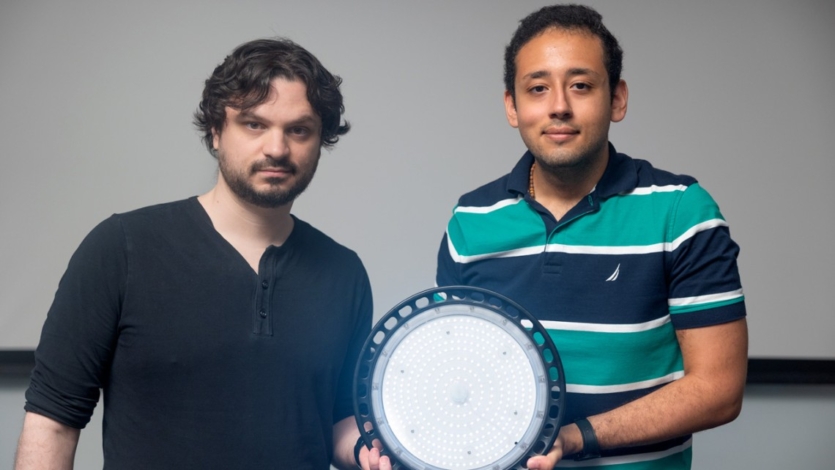
American researchers from the Cornell University presented a technology for detecting fake or artificially intelligent video content by integrating coded signals into light sources.
The technology, known as noise-coded lighting, which hides information in light fluctuations, that seem random at first glance. Each embedded watermark is a low-quality version of the original, with a time stamp under slightly changed lighting conditions. In the event of unauthorized intervention, the modified areas no longer correspond to the encoded versions.
The system can work either as software on a computer or by attaching a small chip to a light source. Identify integrated data without a key is extremely difficult to decode, as they all look like noise.
Researchers from Cornell University used information asymmetry to ensure, that those, who try to create deepfakes, will not have access to the unique embedded data needed to create realistic fakes. The researchers tested their method using a number of manipulations, including deepfakes, compositing, and changing the playback speed.
They evaluated the innovative algorithm under varying lighting conditions, with different levels of video compression, camera movement, and indoors and outdoors. In all scenarios, the coded light method remained effective even when changes occurred at levels too subtle for human perception. Even if the falsifier knew the decoding method, he would have to recreate several versions of the footage with the codes compared. Each of them should be combined with hidden light patterns that makes it much more difficult to create undetected counterfeits.
Noise-encoded backlighting can be integrated into security systems to protect sensitive video streams. This form of embedded authentication can also help reduce the risk of identity theft by protecting personal or official videos from covert interference.
Source: Cornell University; Techradar

Spelling error report
The following text will be sent to our editors: